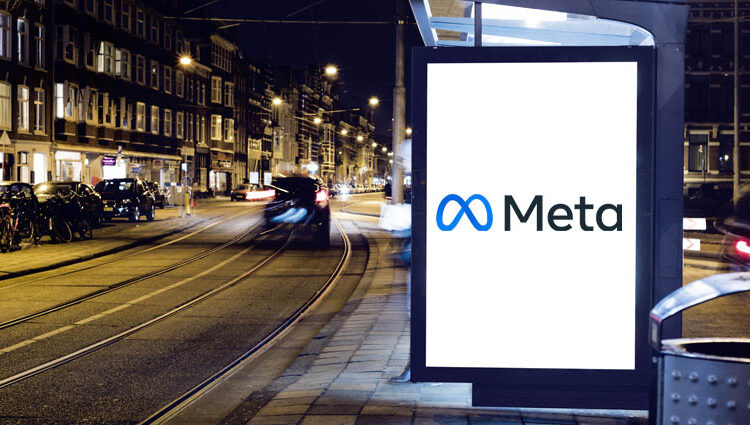To advertise in the Metaverse, agencies and firms will face significant challenges. Meta Chief Executive and Founder, Mark Zuckerberg, estimates the Metaverse will gain a billion users and earn over $1 trillion USD in revenues over the next decade.
Investment fund and crypto company Grayscale also notes the Metaverse will enable new revenue streams with advertising, digital events, eCommerce, and digital infrastructure.
Spatially-linked advertising may offer the fewest barriers to entry with cloud computing and real-time 3D, location-based advertisement solutions. Despite this, user engagement in the immersive world could potentially lead to a melee of competition for virtual real estate, solutions, and creative content.
Defining the Metaverse for Marketers
The Metaverse is a persistent, virtual space where users can interact spatially. It is expected to foster brand-related content and sales enablement tactics.
Over time, the Web 2.0-based social media landscape has evolved to feature direct-to-customer stores. These retailers will allow users to pay for products online and get them shipped to your address.
Similarly, brands could also open 3D “stores” in the Metaverse. Shoppers visiting can view ads, trial products, purchase phygital products catalogued both virtually and physically.
How Will It Work?
Advertisers can use metaverse advertising as an additional marketing channel, similar to branded mobile apps, banner adverts on Google, website analytics, and organic and sponsored social media.
The Metaverse will also offer full marketing features advertisers can use to track and monitor traffic to branded content. Storytelling and creative content can deliver engaging, immersive advert experiences.
Companies such as ARTISANT have been leading in metaverse fashion and in recent months, partnered with Red DAO and RTFKT for a series of fashion non-fungible tokens (NFTs). The company also teamed up with PUMA to model sustainable digital fashion to the public.
Major brands such as Nike, Adidas, Timberland, and Under Armour have begun launching their own metaverse platforms across Decentraland, The Sandbox, Fortnite, Insomnia Labs and others.
Their efforts aim to engage with customers, showcase new projects, and build online communities with real-time 3D (RT3D) immersive worlds.
Key Challenges and Concerns
Some of the challenges metaverse advertisers will face include the following:
- Blurred branding boundaries – Since the metaverse is decentralised, companies may not have control over available advertising places. Users may find that companies will compete for public spaces, or even launch legal disputes over virtual real estate.
- Replicating products in the real world – Potential customers may enjoy bespoke content in VR. Brands failing to deliver phygital products, however, could see product engagement plummet.
- Content overwhelm – The digital world may face constant video popups, indistinguishable sponsored content, and repetitive ads. This will become intrusive and causing sensory overload.
- Data privacy and ethical issues – Brands will interact with users’ 3D avatars representing their identity. Companies need to determine whether an avatar shows consent or if they can target ads based on someone’s appearance.
Opportunities for Advertisers
Despite this, the industry is mostly bullish about advertising opportunities in VR. Brands can deploy:
Metaverse studios: Many companies have begun developing advertising studios. These will offer firms, retailers, and organisations the tools they need to create bespoke adverts in the Metaverse.
Snap’s Arcadia Studio, Emodo, Nextech AR’s ARitize Studio, and Poplar Studio, among others, have opened their services to retailers and top brands to procure immersive experiences for phygital goods.
VR billboards: Metaverse billboards are easy to design and insert into existing app experiences. For example, people on virtual workspaces might see a billboard depicting favourite snack brand.
Sponsored content in social spaces: Social media feeds have a mix of organic and sponsored content. Instead of consuming content alone, you can share ad experiences with your peer network.
Product placement in VR games: Game developers could offer product placements in virtual worlds. Games such as Pokémon Go have used the game’s AR creatures to offer sponsored content.
A new generation of influencers: The Metaverse will also offer digital humans, or AI-powered humanoid bots in 3D. In the future, brands could design their very own influencers from scratch and transform the delivery of content.
Immersive native ad experiences: Brands can create full-scale experiences with full storytelling. This will allow users to interact with products and purchase items without leaving the metaverse.

